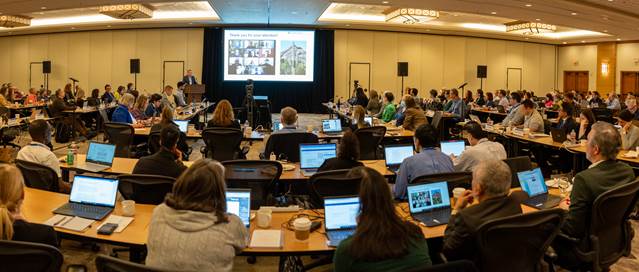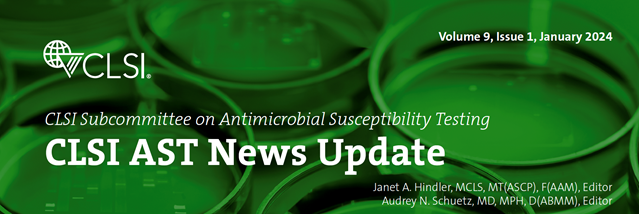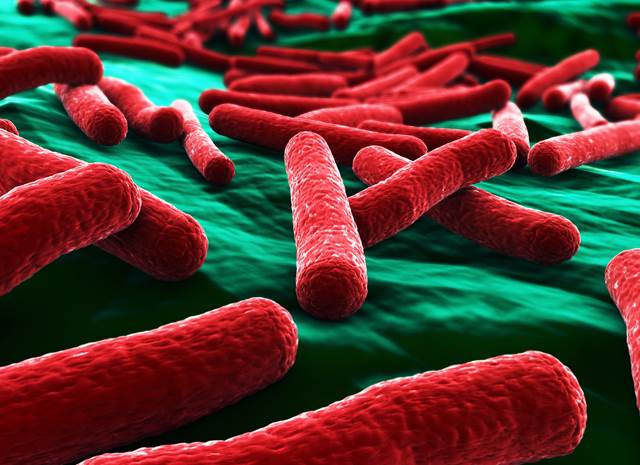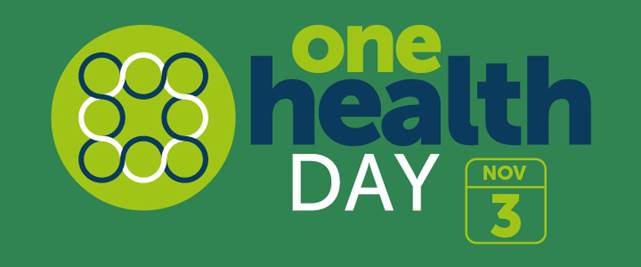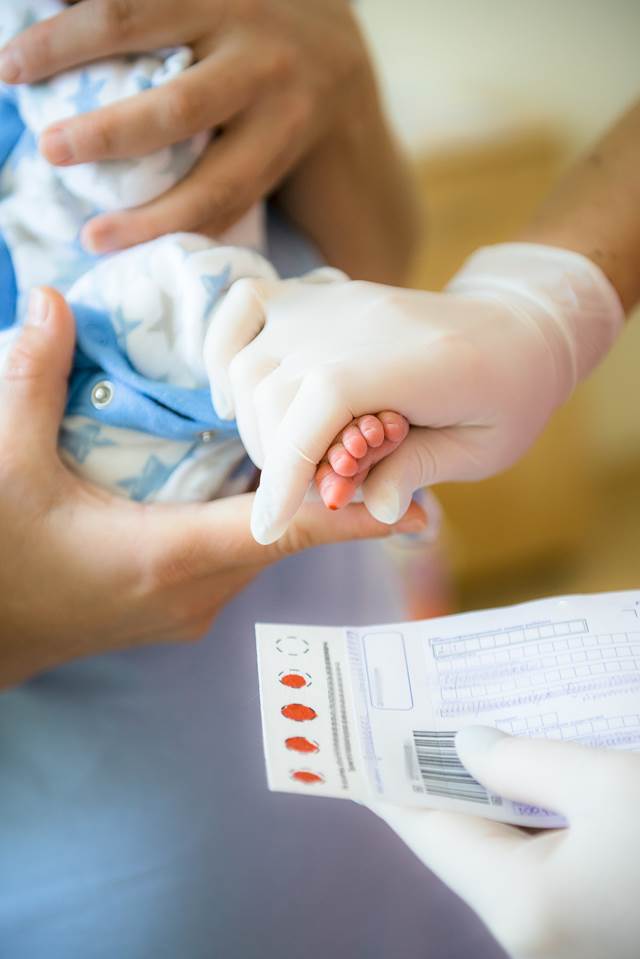A Week for Collaboration and Consensus: CLSI’s January 2024 Meetings
CLSI’s Committees Weeks are an opportunity for the CLSI expert community to meet and connect with colleagues for a week of information sharing, consensus building, networking, and camaraderie. Committees Weeks are where the hard work behind CLSI’s standards and guidelines takes place—committees and subcommittees, following CLSI’s voluntary consensus process, work together on new and revised CLSI standards in development.
Read More
